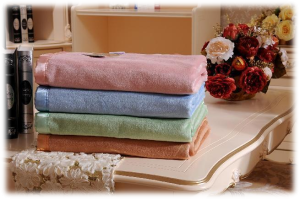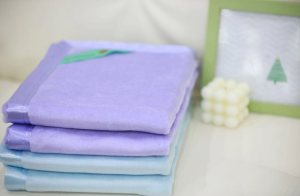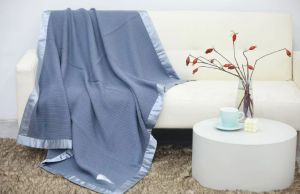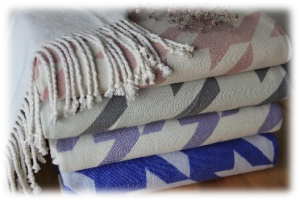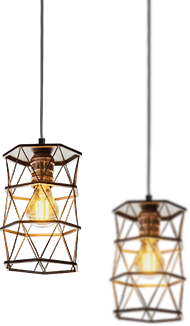Blankets are essential items that provide warmth and comfort throughout the year. However, there are various materials used to make blankets, each with its own unique characteristics. Understanding the differences between these materials can help you choose the most suitable blanket for each season.
1. Cotton Blankets:
Cotton blankets are lightweight, breathable, and suitable for all seasons. They are perfect for the warmer months as they allow air circulation, preventing overheating. In the summer, a cotton blanket can be used alone or layered with a sheet for added comfort. During colder seasons, cotton blankets can be used as an extra layer under a heavier blanket or comforter.
2. Wool Blankets:
Wool blankets are known for their excellent insulation properties. They are warm, cozy, and perfect for colder months. Wool can regulate body temperature, keeping you warm in winter and cool in summer. However, wool blankets may be too heavy for some people during the summer months. It is advisable to use them in autumn, winter, and early spring.
3. Fleece Blankets:
Fleece blankets are made from synthetic materials such as polyester. They are soft, lightweight, and provide excellent warmth. Fleece blankets are perfect for chilly nights or as an additional layer during winter. However, they may not be suitable for warmer seasons as they tend to retain heat and may cause overheating.
4. Silk Blankets:
Silk blankets are luxurious and provide a lightweight warmth suitable for all seasons. They are highly breathable, allowing excess heat to escape and keeping you cool in summer. Silk blankets are also hypoallergenic and gentle on the skin. They are ideal for people with allergies or sensitive skin.
5. Acrylic Blankets:
Acrylic blankets are synthetic and provide warmth similar to wool blankets. They are lightweight, durable, and less expensive than wool. Acrylic blankets are suitable for colder months but may not be as breathable as natural fibers. They are a good alternative for those who may be allergic to wool.
In summary, the choice of blanket material depends on personal preference and the season. Cotton blankets are versatile and suitable for all seasons, while wool blankets provide excellent insulation for colder months. Fleece blankets offer warmth but may be too hot for summer. Silk blankets are lightweight and breathable for year-round use, and acrylic blankets are a cost-effective alternative to wool. By considering these differences, you can select the most appropriate blanket material for each season.



